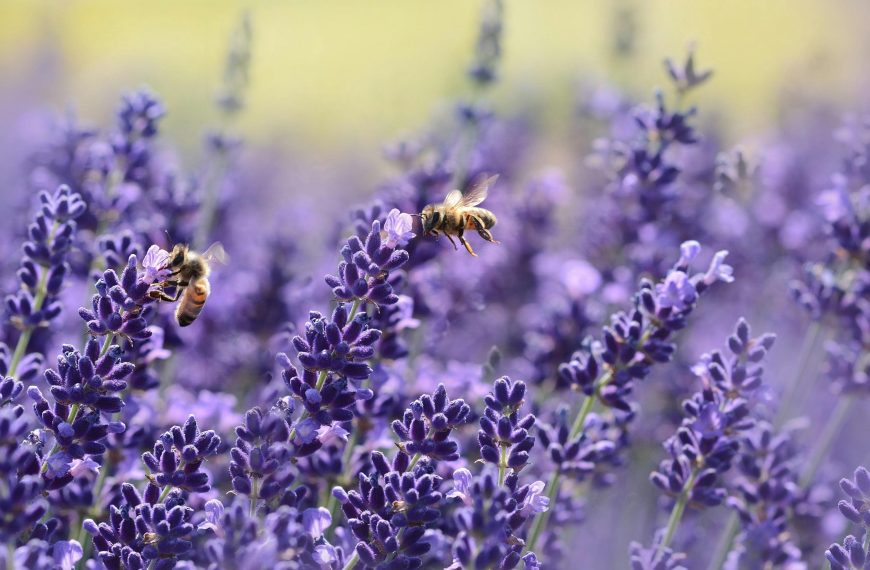In recent years, there has been a remarkable surge in the popularity of organic living, driven by increased awareness of its health benefits, environmental sustainability, and ethical considerations. From food choices to clothing and personal care products, individuals are increasingly opting for organic alternatives as a means of promoting well-being. However, one critical aspect that individuals must carefully weigh when embracing an organic lifestyle is the associated cost.
The Allure of Organic Living
At its core, organic living revolves around the principle of minimizing exposure to harmful chemicals while fostering a way of life that supports environmentally friendly practices. Organic farming methods are characterized by their avoidance of pesticides, genetically modified organisms (GMOs), and synthetic fertilizers. This approach aims to produce foods that contribute positively to overall wellness. Furthermore, the organic movement places great emphasis on ethical treatment of animals and the preservation of ecosystems.
Navigating the Financial Considerations
While the benefits of organic living are widely acknowledged, many individuals may find themselves deterred by the higher costs associated with it compared to conventional alternatives. Whether it’s groceries, clothing items, or personal care products, organic options often come with a higher price tag. Several factors contribute to this cost disparity.
1. Production Methods: Labor-Intensive Techniques
Organic farming typically relies on labor-intensive pest management techniques due to the absence of pesticides. This increased labor input can drive up production costs. Moreover, the lack of synthetic fertilizers in organic farming can lead to lower yields, affecting overall production.
2. Certification Expenses
For a product to be labeled as organic, it must meet stringent certification standards involving inspections, testing, and documentation. These certification expenses are usually passed on to consumers, contributing to the overall cost of organic items.
3. Supply and Demand Dynamics
While the demand for organic products has risen significantly, the supply hasn’t always kept pace. This supply-demand gap can result in higher prices due to the limited availability of organic goods.
4. Shelf Life and Transportation
Organic products often have shorter shelf lives compared to products treated with preservatives. This necessitates more frequent restocking, which adds to the costs. Moreover, the specialized handling and storage requirements during transportation contribute to the higher price of organic products.
5. Production Scale
Conventional farming often benefits from economies of scale, where larger production quantities lead to lower per-unit costs. Organic farming, being less industrialized, doesn’t always achieve the same level of cost efficiency.
Balancing Costs and Benefits
When considering the financial implications of adopting an organic lifestyle, it’s crucial to strike a balance between the money spent and the potential advantages gained. Organic products are believed to offer various benefits:
1. Health Considerations
Organic foods are often touted as healthier choices because they lack pesticides and GMOs. While ongoing research explores their health benefits, some studies suggest that organic foods may contain higher nutrient levels and lower pesticide residues.
2. Environmental Impact
Organic farming practices prioritize soil health, water conservation, and biodiversity. By opting for organic products, individuals can contribute to sustainable agricultural methods and reduce the environmental impact associated with conventional farming.
3. Ethical Concerns
Many individuals choose organic products to support animal welfare and fair labor practices. Organic farming often places a strong emphasis on treating animals ethically and ensuring worker rights.
4. Long-Term Cost Considerations
While organic products may come with immediate costs, proponents argue that potential long-term health benefits could lead to reduced medical expenses in the future.
5. Enhanced Taste and Quality
The flavor and quality of organic foods are highly regarded due to their cultivation in nutrient-rich soil without synthetic chemicals. Many individuals find that organic produce offers superior taste and quality compared to conventionally grown options.
Strategies for Affordable Organic Living
For those committed to embracing an organic lifestyle, several strategies can make it more financially feasible:
1. Prioritization
Focus on purchasing organic products that matter most to you. Certain fruits and vegetables known as the “Dirty Dozen” are more likely to have pesticide residues, making it wise to choose organic options for these items. On the other hand, the “Clean Fifteen” have lower pesticide levels and may not require the same level of priority.
2. Smart Shopping
Explore alternatives like farmers markets, co-ops, and community-supported agriculture (CSA) programs. These options often provide fresher produce at reasonable prices compared to large chain grocery stores.
3. Bulk Purchasing
Consider buying organic grains, legumes, and nuts in larger quantities. Bulk purchases can lead to long-term cost savings.
4. Home Gardening
Creating an organic garden at home allows you to grow your own produce, reducing expenses while offering a fulfilling way to engage with nature.
5. Meal Planning
Organize meals based on the availability of locally sourced produce. This approach enables you to take advantage of lower prices when certain items are in abundance.
6. DIY Cleaning and Personal Care Products
Craft your cleaning and personal care products using ingredients like vinegar, baking soda, and essential oils. This not only saves money but also minimizes exposure to harmful synthetic chemicals.
While transitioning to an organic lifestyle involves considering its costs, the potential benefits for health, the environment, and ethical values can justify the investment for individuals. By making thoughtful decisions, prioritizing purchases, and exploring cost-saving strategies, it’s possible to embrace an organic lifestyle without straining your finances. Ultimately, striking a balance between the benefits and costs is a choice that reflects your values, budget constraints, and overall way of life.









